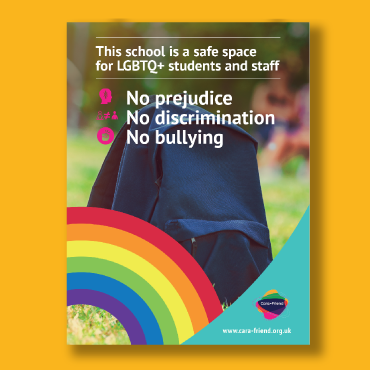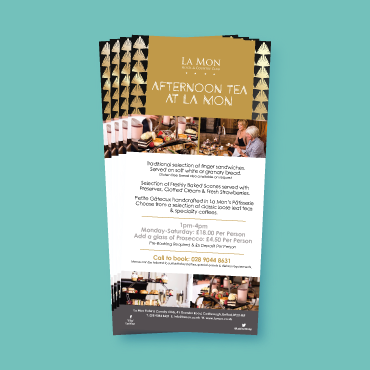A flyer is a great marketing tool as it is so versatile. It can be used for almost anything! From promoting an event to advertising a sale, there are no limits to what you can use a flyer for. Flyer marketing is easy and fairly inexpensive, you do not need to be a professional designer to create an effective flyer. That being said, there are a few things to keep in mind that will make the process easier regardless of your design experience.
Have a clear goal
Before you have even started designing your flyer, you want to establish a goal. What do you want your viewers to take away from your flyer? You have limited space on a flyer so you want to ensure you utilize that space to the best that you can. Once you have established your goal, it is easier to narrow down what information you need to include and what information you can cut if you are running out of space. It’s important not to overload your audience with irrelevant information. Establishing a goal up front will help you create an effective flyer
Contrast is key
Incorporating high contrasting visuals is a great technique for grabbing your viewers attention immediately. Your flyer should have a strong pull to get your viewers to stop and read it. Odds are, it will be placed in an area of heavy foot traffic, such as a local coffee shop or library. This means your viewers are likely on the go and will not stop for just anything. If you create a compelling enough design, you will not only stop your viewers in their tracks, but potentially attract more viewers from afar.
Include branding
You may have the greatest flyer of all time hanging in your local coffee shop, but if no one knows who posted it, they may not pay much attention to it. Make it easy for your viewers to figure out who you are, where you are located and how they can get in touch or get your product. Flyers serve as a great tool to increase brand awareness, as long as you incorporate branding in your design.
Include a call to action
Your call to action is what tells your audience what they should be doing. Make it a fairly simple one, such as calling a phone number or visiting your website. You can even set up a QR code for them to scan that will take them directly to the webpage you want them on. If you don’t opt for a QR code, but you want them to visit a website, using a shortened URL will make it easier for them to navigate there. The longer the URL, the more likely it is that they may make a typo or just not even bother with it at all.
Create your document using CMYK colour mode
Colour prints can notoriously be difficult to emulate what you expect to see from the process of designing through to the final product. This is because print tends to be more limited in what it can achieve than what you see before you on a screen. By choosing to design your flyer in CMYK colour mode over RGB you’ll get closer to the colour that you can expect to see once your design has been printed.
Set your dimensions
Now, this might seem like an obvious one but it is a mistake that happens very often when it comes to print. Before starting your flyer design you are going to want to ensure that you have set the correct dimensions for your flyer. It is important that you do this, as any attempt to adjust this at a later stage is likely to result in more work to correct the issues and the possibility of compromising your final design.
Use high-resolution images
When creating a document for print you will need a higher resolution than you would use for designs that you create online. Generally, online we try to reduce the size of files to reduce the amount of time it takes to load web pages, however, with print you will need a higher resolution, and therefore a larger file size to ensure that you get a nice crisp finish on your final print.
When designing for print you should also be working in dpi (dots per inch) and not ppi (pixels per inch), which is instead used for screen resolutions. The dpi ratio that you opt for will depend on the size of the flyer image that you are working with and its dimensions. Typically for an A5 flyer, for example, you’ll want to aim for between 240 and 300dpi to make sure that you get the best quality finish possible.
Keep a space for bleed area
As with all prints, you are going to want to ensure that you leave an area for bleed on your flyer design. The bleed area is there to provide some space to allow for any design inconsistencies or movement of the paper during the printing process. Typically you will want to allow around 2-5mm additional space around your flyer design to ensure that the printer has some leeway to work with and can trim off the extra card after the print job to give a nice crisp finish.
Get help from the professionals
At Kaizen Print we have a wealth of experience in helping clients with their flyer requirements. Whether designing or printing flyers, we can help guide you along the way and ensure that you are left with only the very best results. As a starting point, you can check out our flyer design templates [Link] which provide a great base from which to work off of. Created to be perfectly suited to the final print job, while also providing hints and tips about how to use them at the same time, our design templates will help you along the way to your perfect flyers.
To find out how we can help with your flyer needs, visit our leaflets & flyers page, or get in touch via our contact page, or by calling 028 9002 2474.




